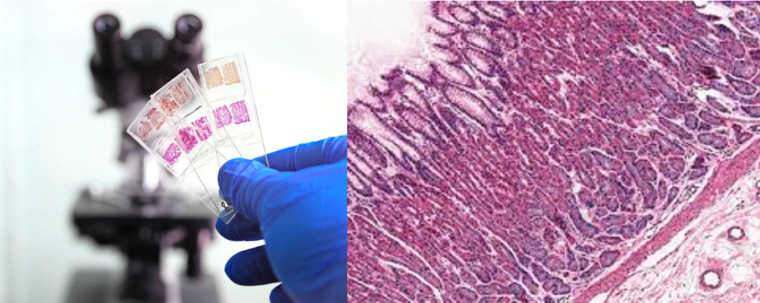Enhancing Clot Origin Identification through Deep Learning and Mechanical Thrombectomy Analysis.
Before the project, stroke etiology classification was primarily carried out by highly specialized doctors. Mechanical thrombectomy, a standard treatment for acute ischemic stroke, allowed for the analysis of retrieved clots. However, applying deep learning-based methods to predict stroke etiology and clot origin presented challenges due to the unique data formats and large image sizes.
The objective is to enable healthcare providers to better identify the origins of blood clots in deadly strokes, leading to improved post-stroke therapeutic management and reduced chances of recurrent strokes.









